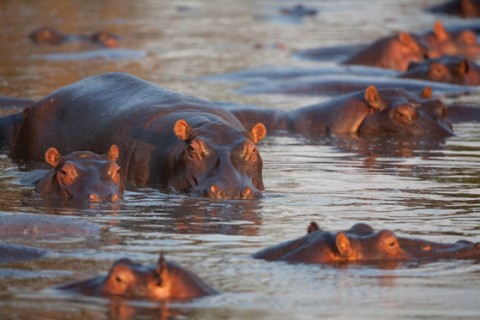Behold the hippo: A zoologist sings the doxology

I am a boy scientist (even though my boyhood began seven decades ago) whose love for creatures was stirred in church, especially in song. There my parents, friends and I sang, "Let every creature rise and bring peculiar honors to their King." Each Sunday morning at the conclusion of our worship we sang in four-part harmony the doxology, "Praise God, from whom all blessings flow; praise him all creatures here below." For me that song made total sense. The toad in my backyard and the hippo at the zoo were praising God. The snails in my aquariums were bringing peculiar honors to their King. The painted turtles in my pond were praising God too. Even the trees were clapping their hands (Isa. 55: 12).
I focused my early love and work—from grade school through college—on animals, especially amphibians like toads and reptiles like turtles. Anura is the name zoologists have given to the order of frogs and toads, and these, along with turtles, lizards and snakes, are among the creatures that first held my interest. But batrachians, I learned when I was very young, are not loved by most people.
Most people are attracted to soft, furry creatures with big round eyes, or flashy, feathery ones with docile beaks, or colorful, scaly ones with whiskery fins. But how about creatures with flabby flesh and oozing pores (hippos), or those with bulging throats and acrid warts (batrachians)? Puppies, yes; hippos, not so much.




